Turleigh - a Wiltshire Village
Bathed in glorious autumn sunshine I explored this tiny yet once busy village.
A walk exploring Turleigh
With the sun shining in the clear blue sky, it was a lovely morning for a walk. After what seems aeons of cloudy and wet weather, it’s now turned colder but sunny. It’s my favourite kind of late autumn weather.
Today, I am exploring the tiny village of Turleigh. I parked my car on top of the hill, in the larger village of Winsley, as Turleigh has limited parking. The village lies on the hillside descending down to the River Avon valley below, and is under two miles from the centre of Bradford on Avon, to the east.
Originally, it appears that the village was named Turlyn, which may have come from a word that refers to the River Avon valley cutting through the hills from Bradford on Avon, as the river wends its way towards the City of Bath.
Walking down the road, with steep sides on either side, there are only a few homes until I reach the village, the starting point of which is marked by the Turleigh Trows. The word trow is a local word for troughs. Water emanates from a spring atop the hill which, so I learned, has never run dry. The trows are a connected series of stone-cut basins and provided clean drinking water for the villagers. The brewery, tannery, and early woollen mill all depended on this water supply.
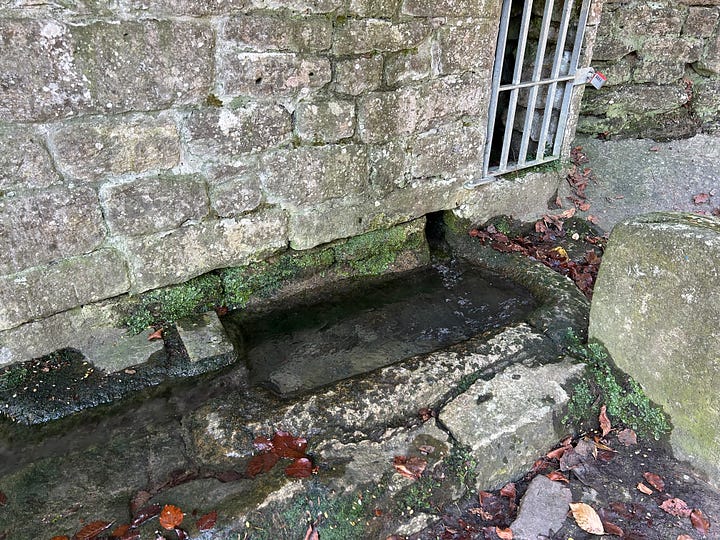
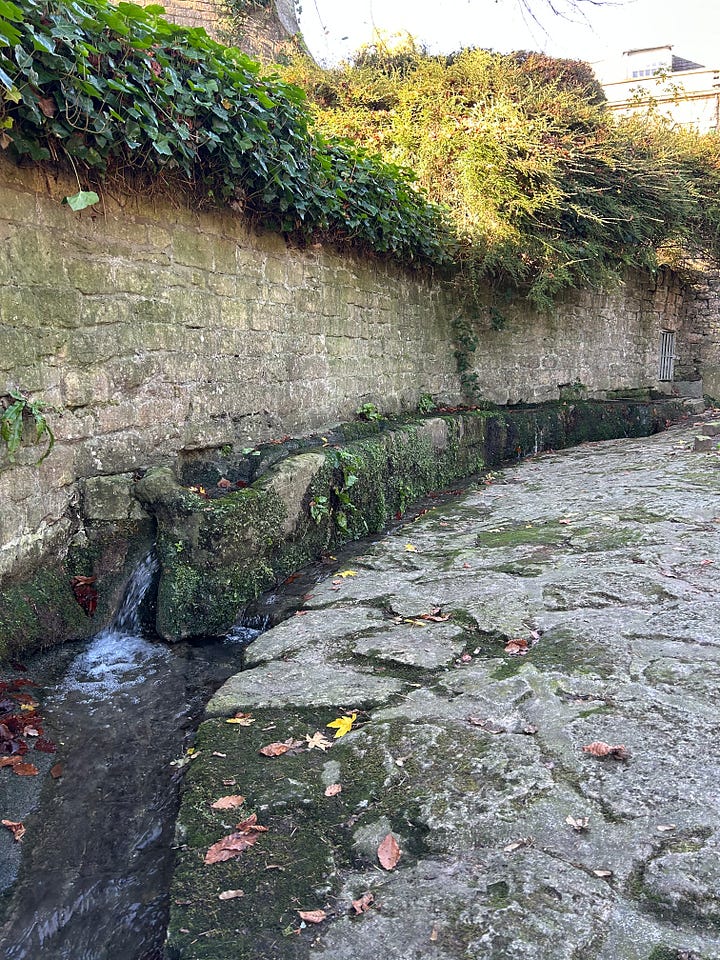
Leaving the Trows behind, it’s just a few yards to a road junction. To my right is Green Lane, and I will walk there later. But first, as the road bends to the left and follows the contour of the hillside. On my left is the imposing Turleigh Manor House, brightly illuminated in the sunshine, behind its iron-railed gates. Pole-like trees line the sides of the path leading to the front door, looking like soldiers providing a guard of honour.
Turleigh Manor House
The house has a Georgian frontage, as you can see in the photo; however, parts of it might be older. The house was built around 1700 for a wealthy clothier, John Curil and his wife Querina. Now, that’s an unusual name, and looking it up means: “the generous one” (Arabic origins). It is similar to the Latin name Quirina, which means “spear” or “wielder of the spear” and is related to the Roman god of war, Quirinus.
It seems that there were older buildings on this site when Curil had the present-day house built. To the right of the house and right up to the footpath is the Coach House. This had another life when it was a Zion Baptist Chapel built early in the 19th century for Ann Atwood who lived in the Manor. It was used as a chapel until 1885.
The house names of Turleigh tell a story
The village once had plenty of industries for such a small place. As the road bends around the Manor House and straightens, we come to some lovely cottages and a red phone box, which now serves as the ‘village library’. Just before this, there is a driveway on the opposite side of the road and the property is named, ‘The Old Tannery’.
The Old Tannery is believed to have existed since the 17th century and possibly as far back as the Domesday Book, 1086. The present building dates back to the late 18th century and was converted in the late 1950s to provide a private residential property. Once again, there is a great deal of history to be looked into. During the medieval period, the mill was operated by monks.
Back to the cottages by the phone box. One of the cottages has a beautiful white-painted bow window and is called ‘The Old Post Office’. The post office closed in 1970. I wonder how many people have been behind that bow window or used to peer into it? Oh, the stories this building could tell. If you remember the post office when it was in use, please leave a comment.
Just a few yards along this road, heading towards Bradford on Avon, and opposite the former Post Office, is another indicator of the past. Here’s another bow window, this one painted a grey/green shade (I am not good on colours), and the name on the wall declares, ‘The Old Bakery’. The ovens fell cold here sometime in 1957, not long after I was born. Should you ever drive through Turleigh, be extra careful on this section of road. It is narrow with usually several residents’ cars parked on one side; it then becomes only wide enough for one vehicle. The road bends slightly and falls away steeply a little further on. For a while, in both directions, it’s difficult to see far ahead. The speed limit is twenty miles per hour, but even at that speed, it could be too fast.
Walking along to the next house, which is butted up to The Old Bakery, it declares itself to be The Old Forge, indicating yet another lost trade.
As I begin to descend the hill, there is on my right the rear of Turleigh House, much of which is below road level, due to it being built on the steep hillside.
Turleigh House was previously called Brooklands, and in the early 20th century, Turleigh Mill because of the old tannery/mill just below it. This house is a long early 19th-century 2-storey building under a mansard roof, with a canted bay on the garden side. A two-storey extension was added on the eastern end in the 20th century, and replaced a conservatory.
Adjoining Turleigh House is the appropriately named Turleigh Cottage. This was once called Brooklands Lodge. A former resident here after World War Two was Maria Clarke, known as Moma Clarke, born 1869, and she was the Paris fashion correspondent for The Times of London. She left Paris in 1937, and later settled in Turleigh until 1952 when she moved to Bath. She died in 1958 when living in Worthing. The view across the valley is amazing. I am sure Moma Clarke loved looking out on the verdant fields.

Coming up on the left is Cottles Lane that leads steeply uphill to the edge of Winsley, where it almost meets the Winsley bypass. I will be back to this lane later. On the corner stands a lovely old coach house, Wayside Coach House, followed by The Old Malthouse. Brewing was essential in the past as it was a way for many to have safe liquids, the brewing process destroying much bacteria. It’s worth noting that beer a hundred years ago was not as strong as that produced today, so workers could drink on the job. Some of them had a daily allowance. Speaking of beer: Where is the pub? More about that soon.

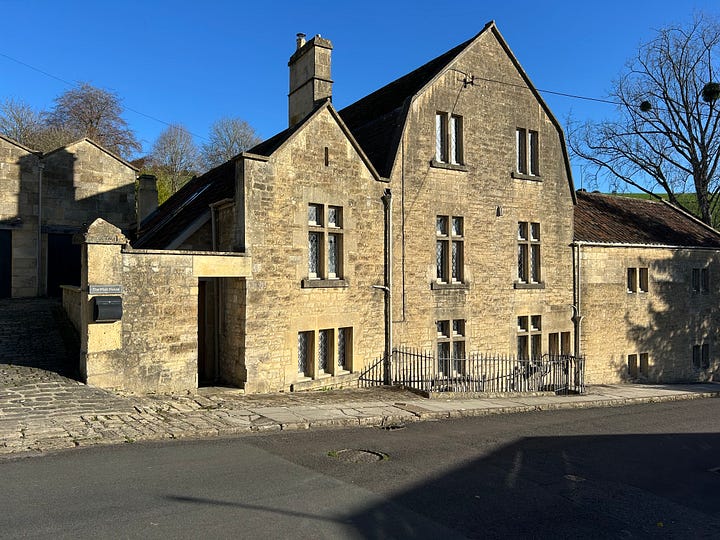
I now reach the lowest point of the road, before it ascends Turleigh Hill, and there is a gap between properties on both sides of the road providing a lovely view along the valley. I made a short video clip to show you.
The Old Prince of Wales - Turleigh
Climbing the hill are the last of the Turleigh dwellings, one of which is The Old Prince of Wales, the former Turleigh public house. Opened in the 1860s, it closed its doors to the public in 1952 and became, as it is today, a residential house.
It’s now time to head back to Cottles Lane and share some photos with you. I did note a huge apple tree full of red apples. Since seeing this apple tree, which was so full of fruit, surprised me, I turned to Google. Apparently, some varieties are picked in late October and on into November. It’s possible to learn something new every day! I don’t have any stories to relate about the properties in Cottles Lane.


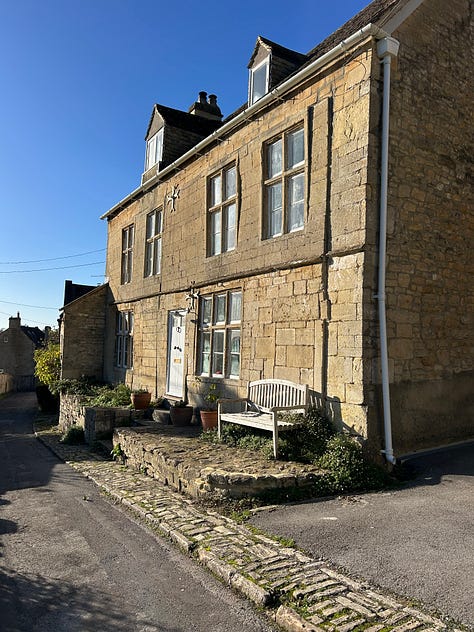
Heading back to my original position by Turleigh Manor House, it’s time to walk onto Green Lane. At the start of the lane on my left is The Lyns. It might be the oldest property in the village. It could have originally been a 15th-century hall-house with a cross wing, perhaps originally built with a timber frame that has been replaced by the present stone walls. It certainly is old and beautifully sited for excellent views, as so many of the houses in Turleigh are.
Along Green Lane, which leads towards Avoncliff, there are a number of old houses, including an old brewery, and farms. I soon come to the largest house, which is called Uplands and dates from around 1700. This is definitely worthy of a photo in the glorious sunshine.
There is one property called The Brew House - is that the former brewery? I can’t be sure, nor do the records I have seen confirm it. If any of my readers know, please leave a comment.
It’s not long before I reach the last of the properties, some of which appear to be converted barns, sited just before the track that leads down to the road to Avoncliff. It’s been a wonderful day for exploring this lovely, quiet village.
I hope you have enjoyed reading this story and seeing the photographs of Turleigh. If so, please give the story a like by clicking on the heart, and as always feel free to share and comment. If you’re not a subscriber, you are welcome to become one by adding your email address and clicking the button. All my stories are free to read, but if you would like to support financially what I do, now or in the future, there is a paid option.





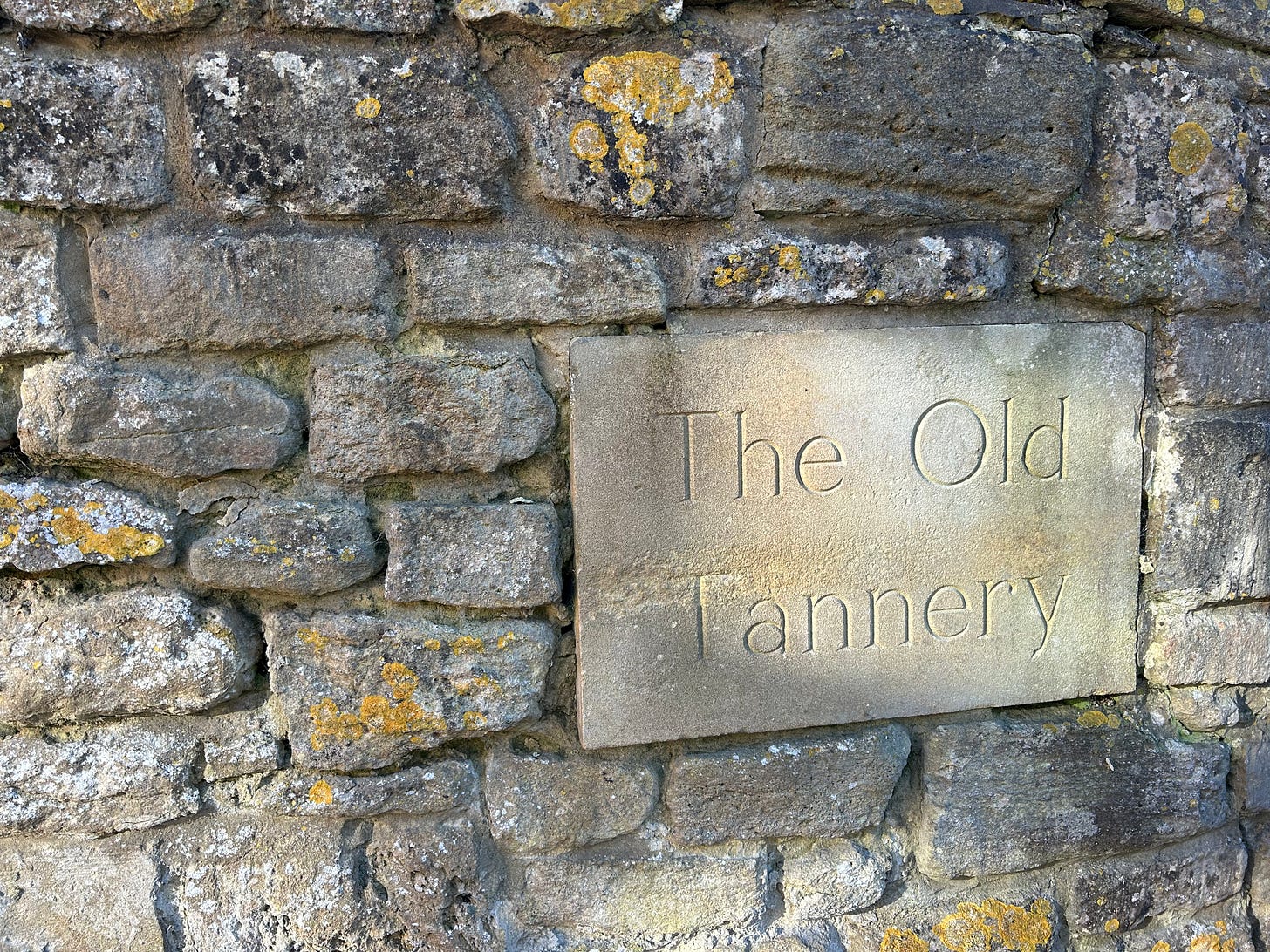

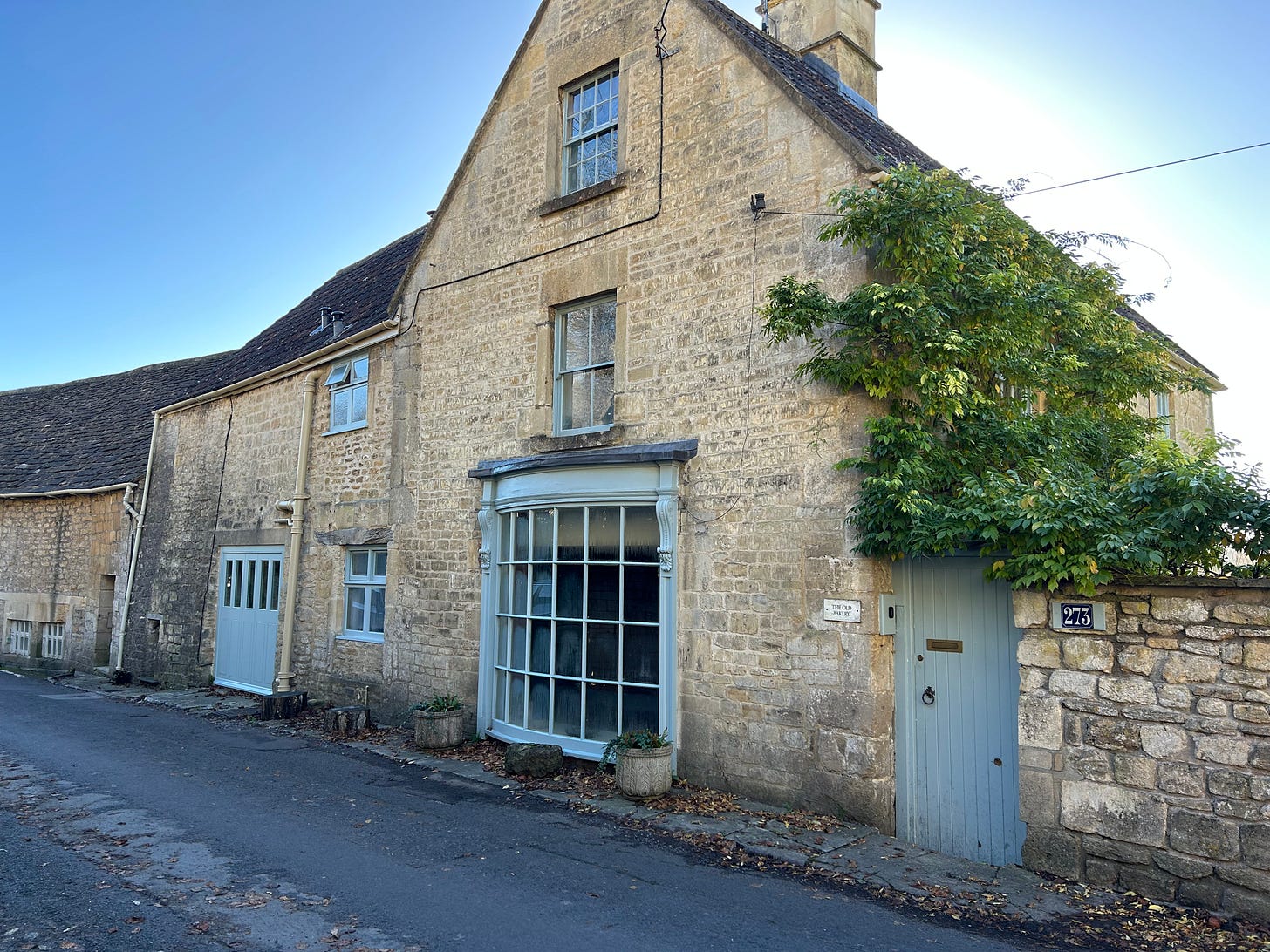
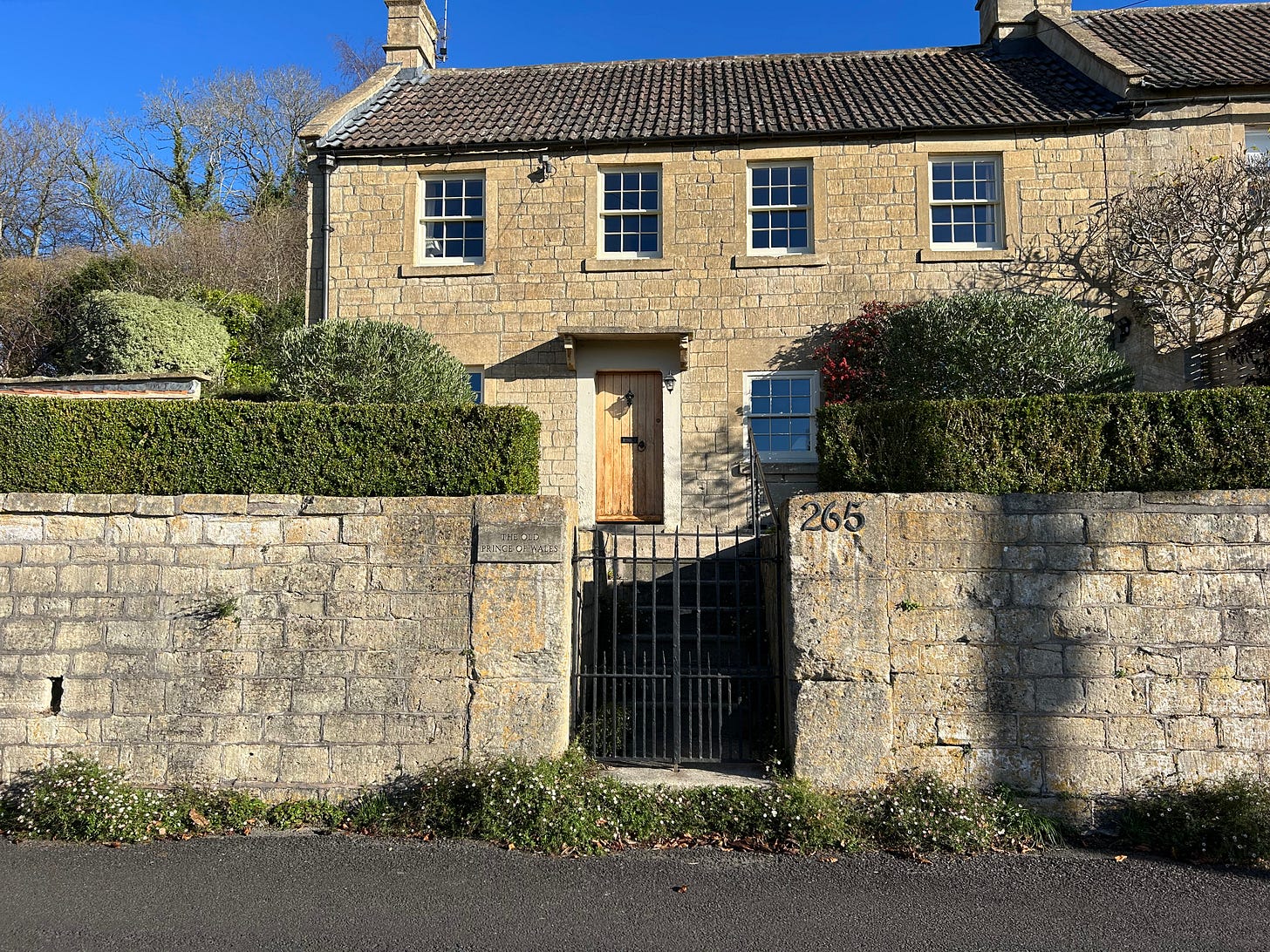
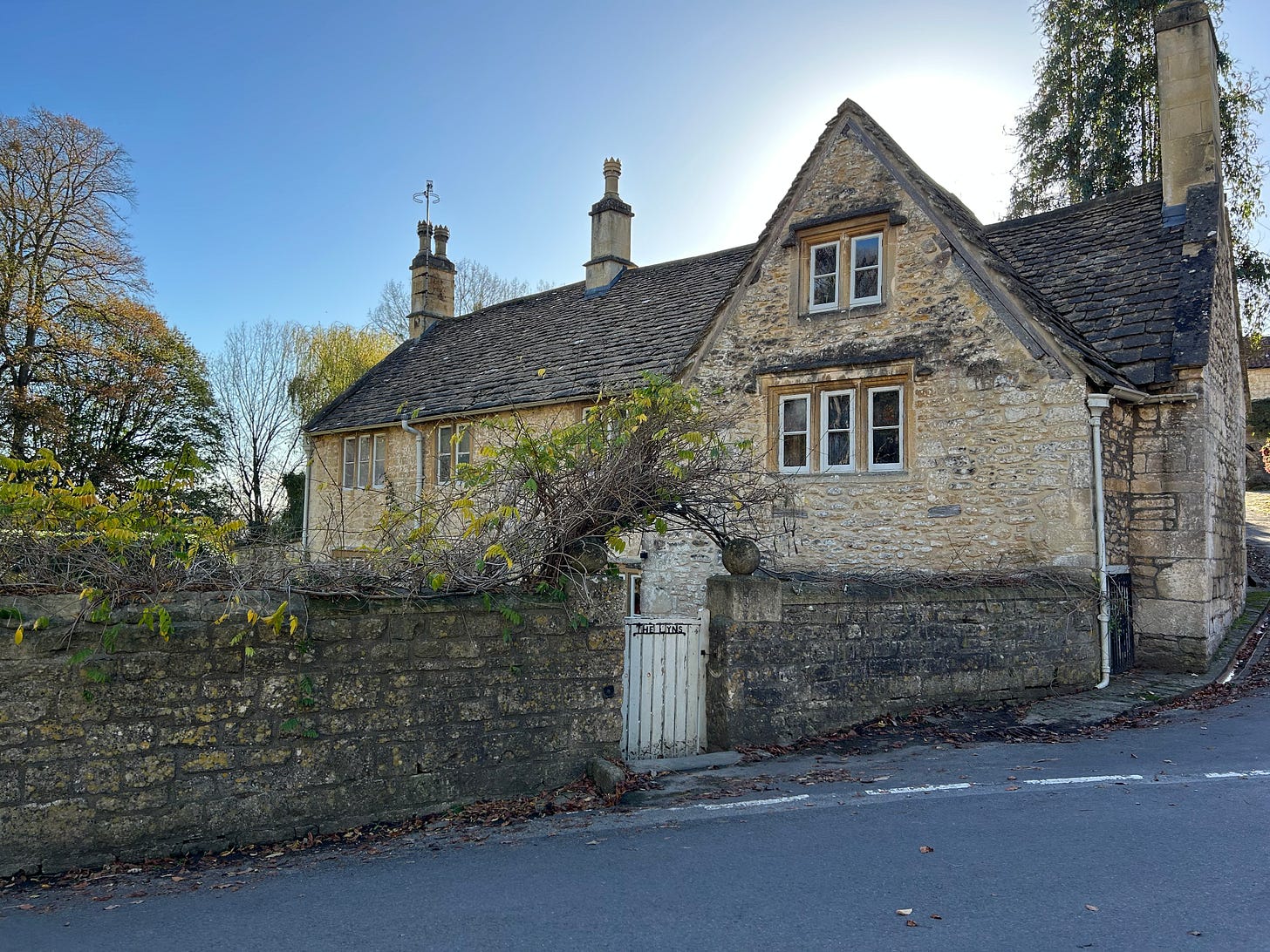
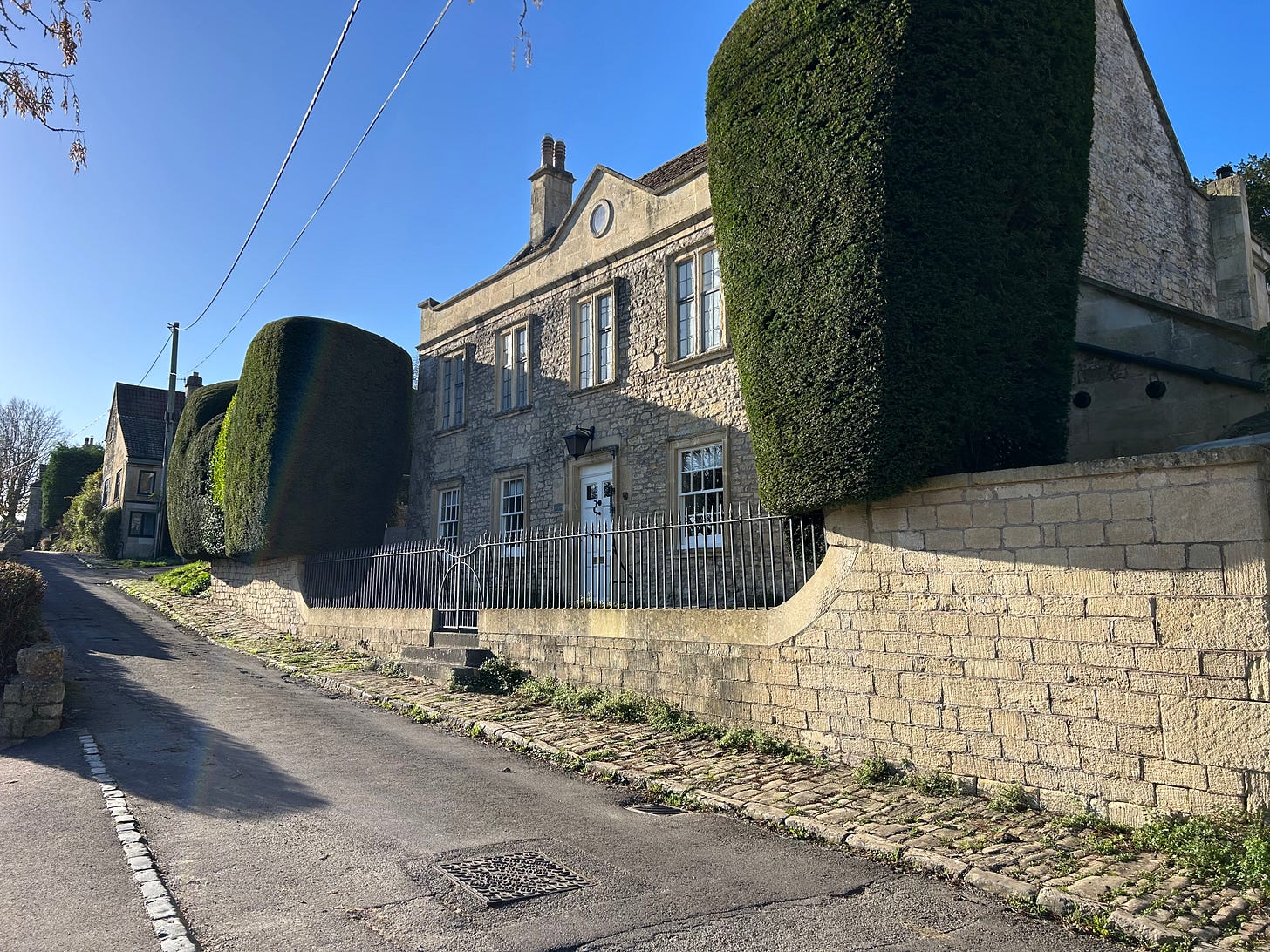


It looks like a beautiful village and your photos capture it well!